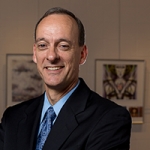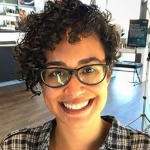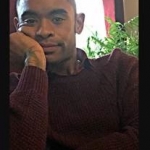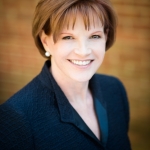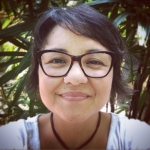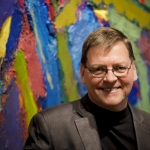
Ms. Ahava Silkey-Jones
Creating Space for Collaboration: The Heartbeat of the Arts
Posted by Apr 25, 2018

Ms. Ahava Silkey-Jones
One of the most enriching aspects of working in the arts is being a part of collaborative partnerships. I see the quality of the work we do as arts administrators as a direct reflection of the relationships and partnerships we’ve developed with other artists, organizations, and practitioners. Student work takes on a life of its own when students create work together. When a violinist, a poet, and a dancer collaborate on a project, or a community partner works with students to reinvent and add meaning to a cultural performance, the audience can feel and see the difference on stage from the depth of that relationship and experience. I was reminded a few weeks ago of the importance of encouraging, expecting, and creating the opportunity for collaboration in the schools and arts institutions we lead.
Read More




